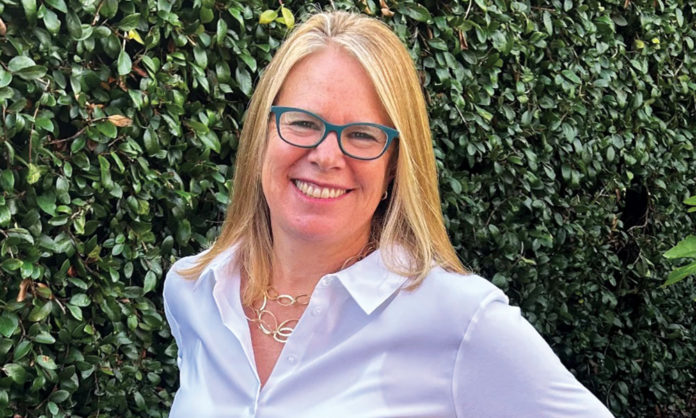
Starting one’s own business is an archetypal American dream and I have personally prepared Schedule C proprietorships as small as part-time jewelry sales gigs or as large as a property management business that pulled in over a million dollars a year.
Twenty percent of returns have Schedule C’s like those I filed for my own businesses: construction, tutoring, a private school and Financial Life Planning. Schedule C size hits limits because multiple partners, shareholders or banks raise more capital. To limit liability, sole proprietors can form LLC’s filed Schedule C federally but with form 568 for CA.
Entrepreneur Miranda Allen says: “I’ve received important guidance about deductible expenses to include in Schedule C, such as travel, health insurance, and the ability to include business lunches with clients for discussing important matters.”
A business is not a hobby or employment. The “Hobby loss rules” remind taxpayers what makes an activity a business—profit motive—with net losses permitted for only three years. If business commences belatedly, it might amortize startup expenses. It is cheaper and easier to pay contractors in cash than employees. Lawyers contract lawyers and SLV residents hire tree cutters. But state and federal governments collect employment taxes (Social Security, Medicare, SDI), so they create rules to encourage W-2 filing related to independence in employment.
Employers control work time and structure work activities on a long-term basis; contractors have multiple contracts and more control over the work process. Contractors often bring their own tools and bill for supplies in written contracts. Employees may get formal benefits, but contractors take juicier tax deductions.
Schedule C poses fussy questions. Is your business “cash” or “accrual”? Does it accept cash as income when it arrives or when services are performed? If you get paid in advance for a painting in December, the income counts for December. Material participation is “regular, continuous and substantial,” so your activity is not passive like a rental or silent partnership.
Does your business issue 1099s to report on your contractors who earn over $600 in a year? Most Schedule C expenses—“ordinary and necessary”—are very straightforward and vary widely from business to business. One cannot deduct personal expenses like “income taxes” or “vacation expenses.”
In the SLV, service businesses outnumber others and have typical costs of office supplies, depreciable office equipment, advertising, travel, meal expenses, insurance and licenses. “Cost of Goods Sold” refers to inventory. Starting with leftover inventory, owners must add purchases (with sales taxes) but subtract material, labor costs and leftover inventory to get the COGS deduction for a grocery store or construction company. Construction companies or warehouses in the SLV/Scotts Valley may have larger equipment costs which get recorded on a depreciation schedule, but usually can be expensed timely via Section 179.
But auto expenses and home office expenses merit special treatment. If you use actual expenses, you must record these expenses along with mileage and experience shows me that IRS mileage rates usually exceed actual expenses. For 2023 business taxes, the IRS allows deductions of 65.5 cents per mile. I’ve watched an IRS agent disallow auto expenses for a client who failed to show a contemporary record of mileage—so keep defensible records.
Clients with dedicated space for office, meeting, working or warehousing may deduct a fraction of the square footage of their home expenses for mortgage interest, real estate taxes, insurance, utilities and depreciation—and this is more generous than itemized deductions they might not take. (Daycare centers get more generous space rules.) Home depreciation amounts for offices depend on fractions of the home purchase amount and date.
For businesses which are not “specified service trades,” IRC Section 199 gives owners a deduction of 20% of income earned (with complicated limits including exclusion of “specified service trades” involving high personal skills). This Trump tax deduction may pass away in 2025. Wages paid, health insurance and pensions are the best deductions to see on Schedule C’s because they show business expansion and care for greater financial planning concerns. For those willing to venture, tax benefits sweeten your success.
Robert Arne, EA, CFP, MS, of Carpe Diem Financial Life Planning, is a Certified Financial Planner who gives holistic financial advice as his client’s fee-only fiduciary. He serves mostly Santa Cruz Mountain dwellers. These articles must not be read as personal financial, mortgage, tax or investment advice; consult appropriate professionals. Learn more at www.carpediem.financial.












